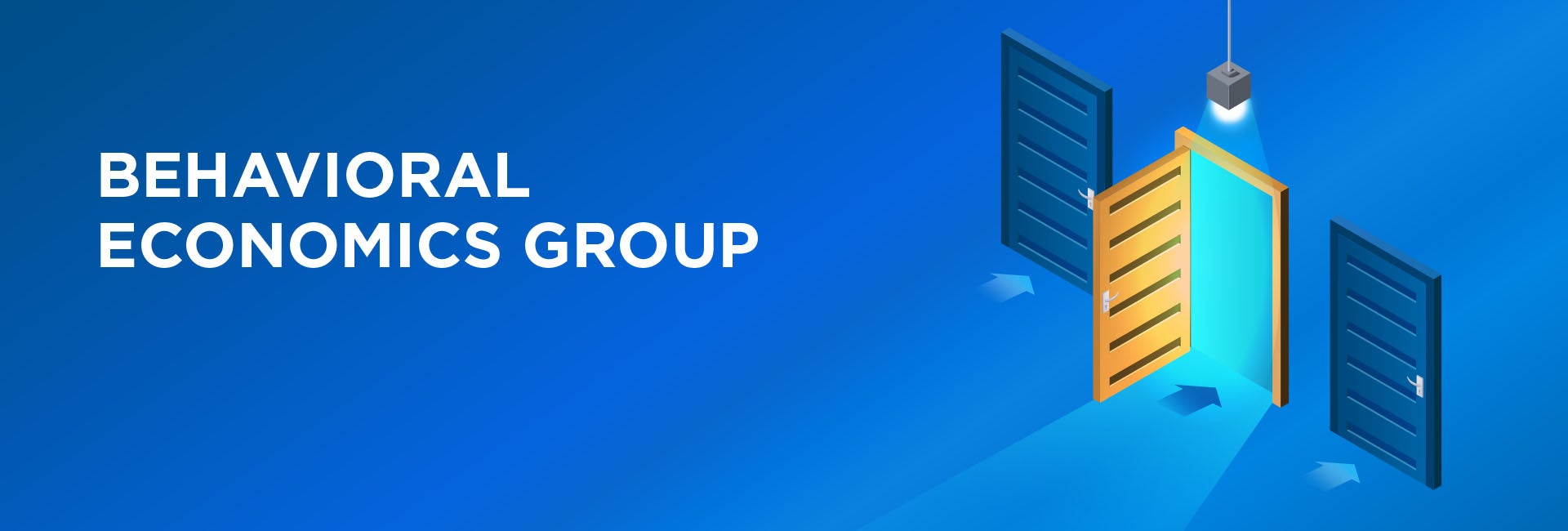Closing the gender gap in STEM careers

Context
Gender disparities impact labor markets across all sectors. They are especially pronounced, however, in science, technology, engineering, and mathematics (STEM) fields. In Latin America and the Caribbean, 60 percent of graduates from tertiary education are women, but they only represent 30 percent of students graduates in the STEM fields. In Mexico, jobs with the highest pay are in STEM fields. Thus, low female representation in STEM and high pay differentials to other jobs reproduce inequalities and gender wage gaps, which, in Mexico, amounted to 16.4 percent. In consequence, increasing female representation in STEM fields could help to promote gender equality in the labor market.
The Project
In this study, behaviorally informed interventions to increase female students’ interest in STEM careers as measured by their choice of university majors were tested in schools in Mexico City in 2018. For that purpose, a quasi-experimental design with two treatments arms was implemented in collaboration with Mexico’s Secretary of Education.
Behavioral Analysis
Behavioral Barriers
Self-efficacy: Self-assessment of abilities to meet challenges and fulfill tasks successfully. Influenced by identity, norms, and stereotypes, women might perceive their self-efficacy to complete STEM-related activities as lower in comparison to male students, which, in turn, might reduce their motivation to pursue those activities.
Social norms: The unwritten rules governing behavior within a society. A distinction is drawn between “descriptive norms,” which describe the way in which individuals tend to behave (for example, that most women study non-STEM fields), and “prescriptive norms,” which establish what is considered acceptable or desired behavior, independent of how individuals actually behave (e.g., in the past, the expectation that women should only take care of the home and bear children).
Stereotypes: Describes an overgeneralized belief or cognition about a group of people that is used to make inferences regarding a single member of the group. Stereotypes are often resistant to revision. In this case, female students might perceive STEM fields as more suitable for men or might be facing expectations by men that women are less suited for the field.
Cognitive Overload (and process complexity): The cognitive load is the amount of mental effort and memory used at a given moment in time. Overload is when the volume of information provided exceeds an individual's capacity to process it. We have limited amounts of attention and memory, which means we are not able to process all the information available.
Lack of information: People may lack relevant information, for instance, because information is difficult to obtain, scarce, or hard to understand. For example, female students might have less knowledge on the application process to STEM careers than male students.
Behavioral Tools
Salience: Our attention is limited. Therefore, behavioral economics pays special attention to the moment when a message is delivered, the location at which it is delivered, and the content it emphasizes. Making key elements visible and prominent at the proper time and place is vital and just as important as the central content of the message itself. Female students’ outstanding performance was made salient to reduce their self-efficacy bias.
Role models: A role model is a person other people look up to in order to help determine appropriate behaviors. Often, role models used in behavioral interventions are counter-stereotypical to show the target population who identify with her/him/them that achievements commonly assumed not to be attainable are within reach. For female students, learning about a successful woman in the STEM fields might provide such a role model.
Simplification: reducing the effort required to perform an action by making the message clearer, cutting the number of steps or breaking down a complex action into simple, easier steps.
Intervention Design
We administered a survey to over 12,000 high school students in Mexico and found that female students face the following behavioral bottlenecks in terms of STEM careers: stereotypes bias, social norms bias, self-efficacy bias, lack of information and process complexity. To overcome these barriers, we conducted a quasi-experiment with 3,650 female students from 32 public schools.
The intervention focused on female students in their last year of high school with high performance in scientific-mathematical subjects. We randomized participants into two treatment arms and sent them personalized letters. Students in the first arm received the story of a role model to tackle gender stereotype biases. Those in the second arm received a practical guide to applying to university to reduce the lack of information and process complexity barriers. Both letters included a salient messaging highlighting the student’s top performance to increase the perception of self-efficacy. The rest of the students received a placebo letter with basic information about STEM-related majors.
Results
Overall, there is some evidence that the behaviorally informed treatment letters increased treated females’ preference for math compared to the control group. However, the behavioral interventions had no substantial effect on their decisions to study a STEM subject.
Lessons Learned
The results of the study highlight two main areas for further research to encourage women to study STEM fields and to accelerate gender equality in the labor market. First, to investigate the effects of exposing female students to STEM career information at an early stage of high school. Second, to explore the impact of providing information to parents, as our fieldwork confirms that family social norms influence females’ career choice.
